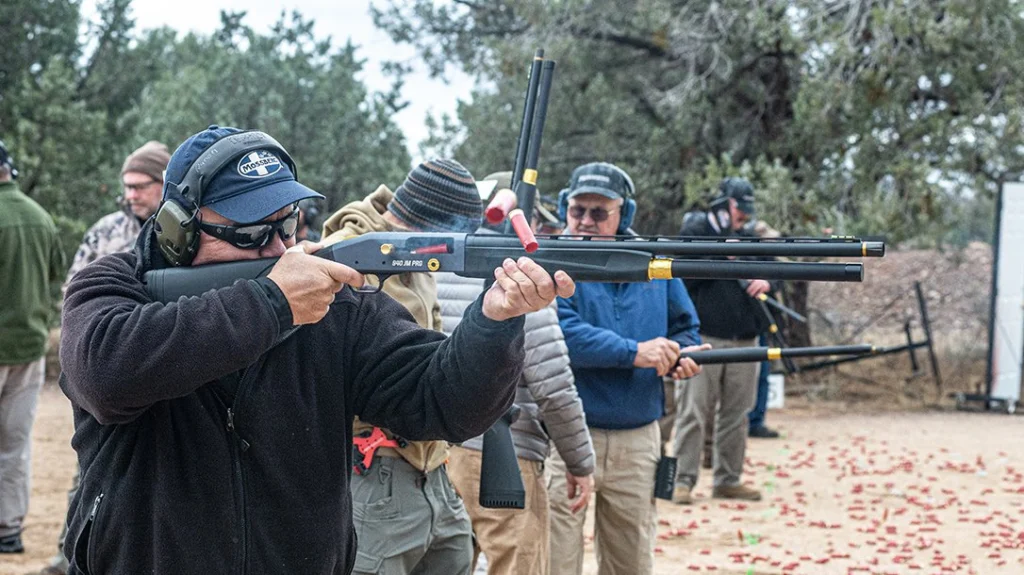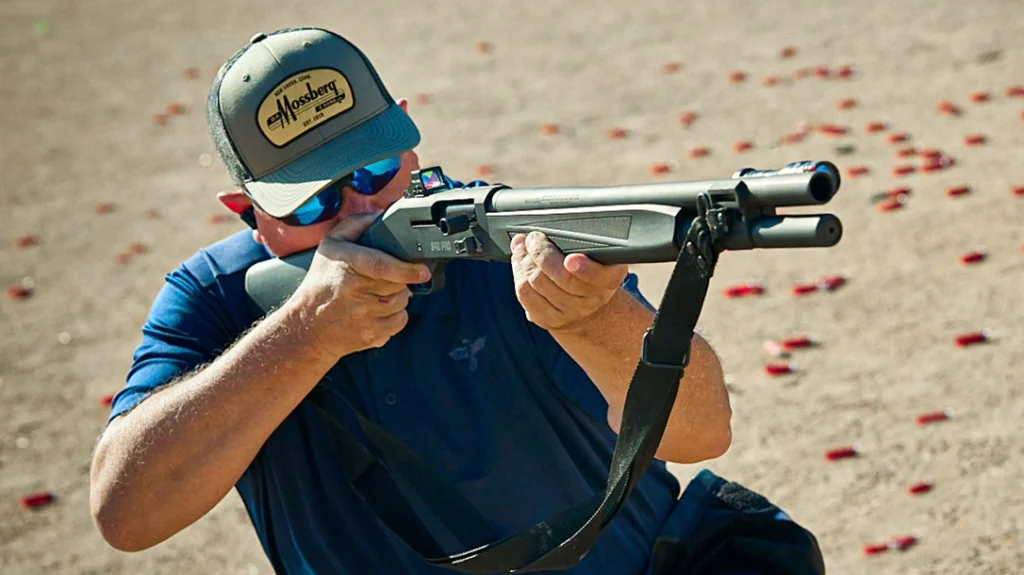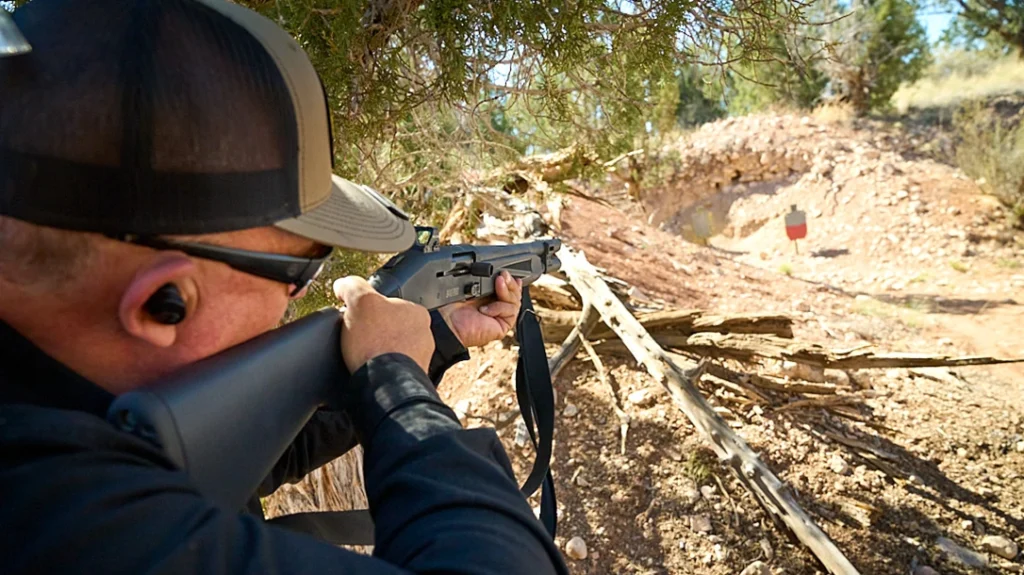I am, without question, a fan of the shotgun. Few weapons in our collection offer the versatility and raw fight-stopping power that shotguns bring to the table. However, the shotgun often gets a bad rep due to the recoil it delivers. To tame the “kick” associated with shotguns, we will discuss how to hold a shotgun properly.
How to Hold a Shotgun for Better Recoil Management
The best summary of the shotgun’s fight-stopping power comes from Clint Smith of Thunder Ranch:
“Pistols put holes in people. Rifles put holes through people. Shotguns at the right range with the right load will physically remove a chunk of $hit from your opponent and throw that $hit on the floor.”
Advertisement — Continue Reading Below

Even with these strong attributes, the shotgun has always been a little bit of a misunderstood stepchild. The biggest reason is that with that power comes recoil, and people don’t like shooting guns with a lot of recoil.
However, I am here to tell you that even though it is powerful, with the right grip, you can tame this classic blaster and make it much more manageable to shoot.
Advertisement — Continue Reading Below
Let’s break down the grip.
Points of Contact Between You and the Shotgun
Like the rifle, I have four points of contact with the shotgun. The primary grip is just behind the receiver or the pistol grip if it has one. This is held firmly but not with a crushing grip. We still want to have the ability to move our trigger finger easily.
The second point of contact is the foregrip of the gun. Whether a pump-style gun or a gas gun (semi-automatic), we still want our support side hand out on the foregrip.
Advertisement — Continue Reading Below
Our third point of contact is the butt stock into our shoulder. We want this set firmly into the pocket of the deltoid and pectoral muscle as much as possible. We also want to make sure it is set firmly into the body with no air space. It is this airspace that causes so many problems for people and gives shotguns a bad reputation.

If there is an air space between you and the gun, it will slam back into you as it fires and essentially punch you in the shoulder. If we eliminate that space, the gun will still push, but there is no “punch.” This is the number one point that I focus on with new shooters.
Advertisement — Continue Reading Below
The last point of contact is the cheek weld. As we raise the gun up onto the target, I want to slightly lower my head and get a good, consistent cheek weld on the gun. As with rifles, I encourage you to practice this to make sure it is in the same place every time. This will lead to more consistency and quicker sight acquisition.
Push Pull
A quick point here that will help manage the recoil even more. Contrary to what we do with rifles, I suggest that as you set the gun into your shoulder you pull the gun in with the strong side hand and then actually pull with the support hand on the foregrip.
The motion pushing forward will help you with reoil management. Think of it as if you are trying to pull the gun in half. It will feel a bit odd in the beginning, but the benefits of the technique are significant.
Advertisement — Continue Reading Below
The shotgun is a fantastic weapon and can be very enjoyable to run if you know how to do it. I encourage you to embrace the boom stick and master its use. From personal protection to hunting and even just range time, it is hard to beat.























